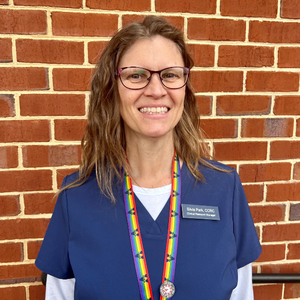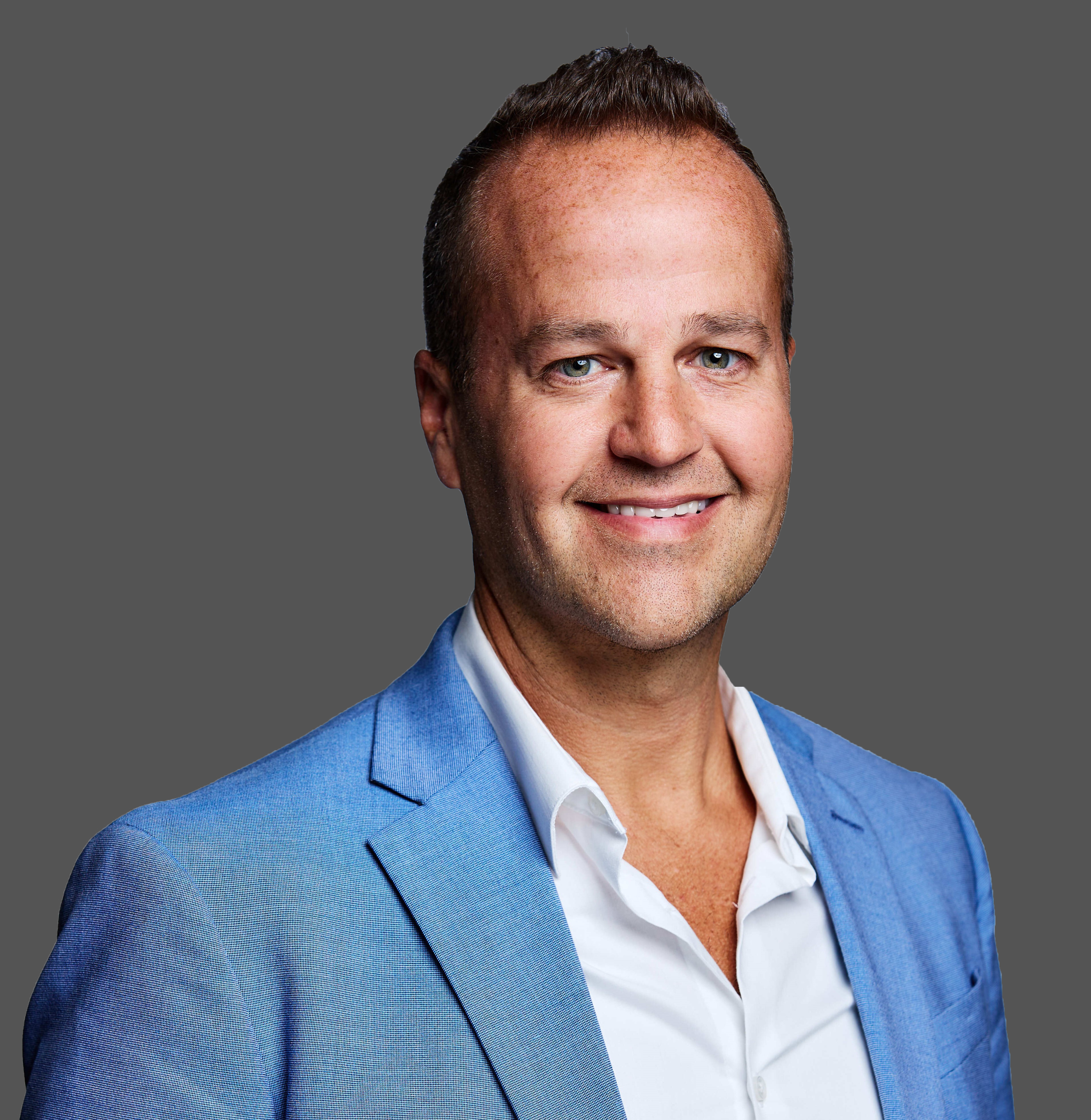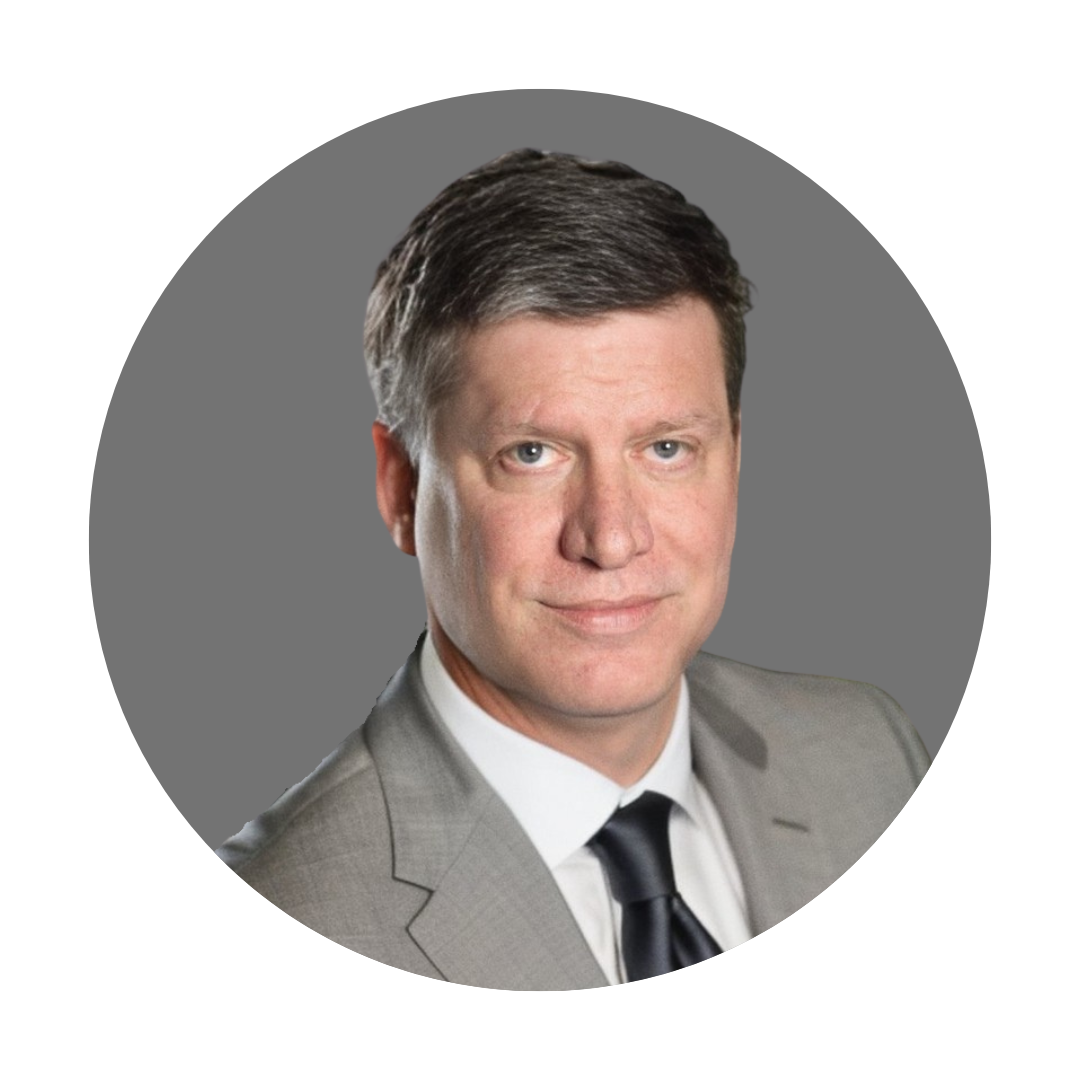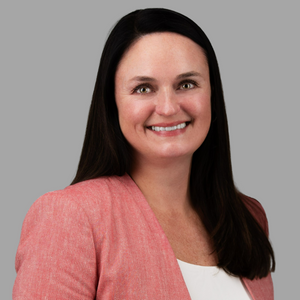Community engagement is foundational to expanding clinical research participation, but there’s no standard process for success. It requires a culturally relevant and micro-customized approach to reaching and connecting with local patient communities. We’ve asked clinical research veteran Silvia Park to discuss her community engagement experiences in Charlottesville, VA.
Q: Tell us about your professional background and your role at CMR?
I learned about research after participating in several healthy-volunteer research studies at the University of Virginia, in cardiology, pulmonology, neurology, and the Cognitive Aging Lab. I became a uterus transplant donor in a clinical trial at Baylor University in Texas, in 2017, after reading an article in the news about their first successful live birth after transplant. My point of contact throughout that process was an amazing registered nurse (RN) clinical research coordinator (CRC), who unknowingly inspired me to learn about becoming a research coordinator.
I started searching for CRC job openings in my area soon after, and I was hired as a clinical research coordinator trainee at the University of Virginia Cancer Center in February 2018. I learned so much there, coordinating my own trials for multiple myeloma and chronic lymphocytic leukemia (CLL); I became a CRC a year later.
In August 2021, Dr. Clark reached out to me to fill a CRC position at Charlottesville Medical Research (CMR). I started working for CMR in October. I passed the Association of Clinical Research Professional (ACRP)’s (certified clinical research coordinator) CCRC exam in February 2022 and was offered the position of Clinical Research Manager starting in March. I currently have a staff of 6 coordinators and research assistants, and I am involved in a trial start-up in addition to coordinating my own studies.
Q: Tell us about your local community involvement. How long have you been active, and what groups are you most actively involved with?
I have been active in my local community for over 20 years. My volunteering began soon after I started homeschooling my two young children. I created my own local homeschool group on Yahoo!, called Albemarle Homeschoolers, and I served on the board of directors for a state-wide non-profit, called The Organization of Virginia Homeschoolers, which was involved in monitoring legislative issues, providing free resources to parents, including a telephone helpline, and putting on annual conferences. That was almost a full-time job!
Since then, I have volunteered as a literacy volunteer, served on the board of my local Parents and Friends of Lesbians and Gays (PFLAG) chapter, and given testimony in support of transgender rights to the Virginia General Assembly, when Equality Virginia asked for volunteers.
I have also been very involved in the local running community, serving on the board of directors for the Charlottesville Track Club (CTC), which assists local non-profits to facilitate their races, and has helped raise hundreds of thousands of dollars for the UVA Breast Care Center in particular, through the annual Charlottesville Women’s 4 Miler Race. I have volunteered as a “Pink Lady” during the 4 Miler Training Program in the summers, and as a “captain” with the CTC’s Charlottesville 10 Miler Training Program during the winter months.
I don’t currently sit on any boards, but I do run a lot of charity races!
Q: How important is community engagement to clinical research participation? Can you describe past or current work that has positively impacted your local community?
I think that community engagement is a really important part of the solution to increased awareness of clinical research. Most people probably don’t think about who all those study volunteers are that help bring new vaccines and treatments to life. How many volunteers did it take to get COVID-19 vaccines approved? Where did that great new migraine treatment come from? Or that life-saving chemotherapy drug?
Prior to becoming part of the Alcanza site network organization, I was beginning to reach out to local groups, to share general information about research and find out what their needs were.
But first of all, we as individuals have to be there when our neighbors need help. And I think that research sites have to be there as well. We are part of the community, we are their neighbors, and we know that our research can help people. But if they don’t know us, and know that we care, then they have a lot of other commitments in their lives that will be more important. We have to demonstrate to them that we are all interconnected and give them good reasons to volunteer their time with us. Even if we don’t think that we will be able to enroll new subjects in our current studies, we still need to staff booths at local community events. Word of mouth is important, and people will see that we are there, supporting that non-profit event and answering their questions about clinical research, and showing that we understand their concerns. There are many opportunities for us to show up and engage the public, and I look forward to being there as much as possible.
Q: Has community engagement been effective at reducing some of the longstanding barriers to participation?
I think that it has helped because it allows us to hear what those barriers are directly from the people in our community. Once we know, we can do something about it. Barriers prevent people from thinking they could participate even when they want to. If we don’t reach those people outside our offices, we won’t even know how to help. Finding out about transportation issues and possible solutions is important. Recognizing that people have daycare needs, or can’t take time off work to volunteer, allows us to think of solutions. Increasing patient payments for volunteering creates a more equitable solution as well.
Q: Have you influenced others in CMR to become more active in community engagement and volunteerism?
I’m not sure I can take any credit for it; however, CMR does have a team (including Dr. Clark) who will be running or walking in the “Run for Home” Race. You can expect some team photos to follow!
Q: What current projects are you most excited about?
One of my dream projects is for CMR to bring research visits to underserved communities. I would like to have a mobile research facility so that we can drive to rural areas and reach people where they are. Working with local health departments and non-profits, we could possibly schedule weekend vaccine trial screenings, for example.

Silvia Park, CCRC
Clinical Research Manager





